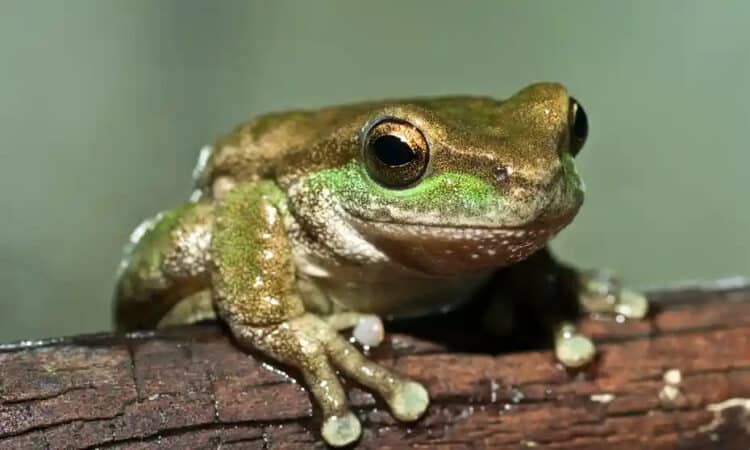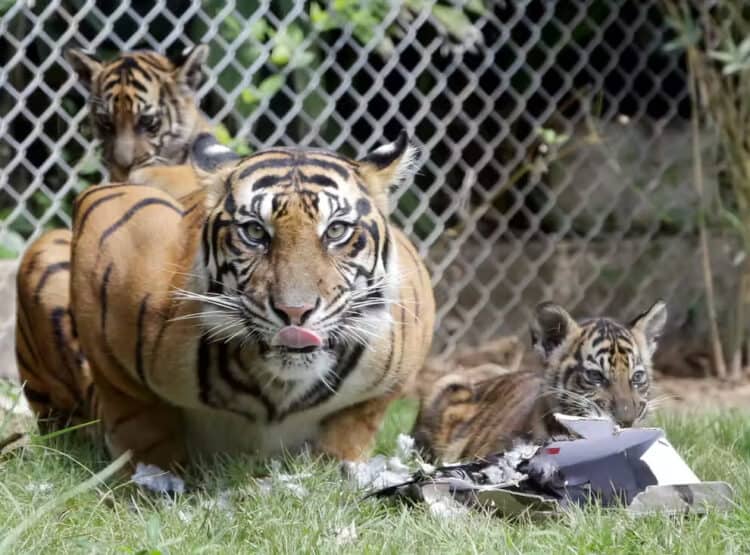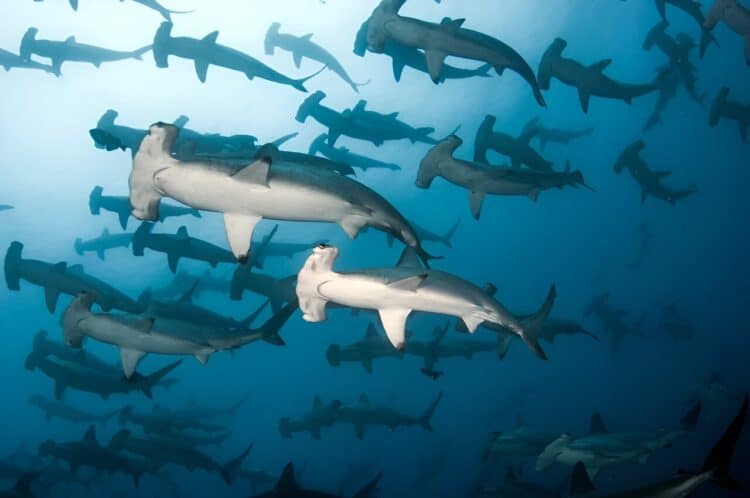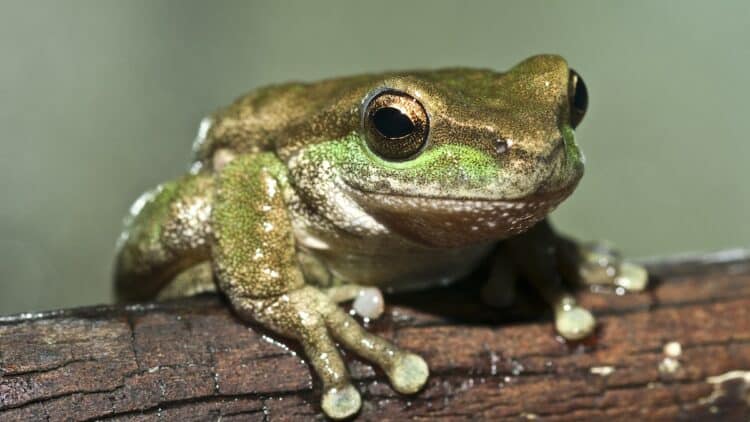The Bornean orangutan (Pongo pygmaeus) is now critically endangered according to the International Union for Conservation of Nature (IUCN). This change means that both species of orangutan now face an “extremely high risk of extinction in the wild.”
“This is full acknowledgement of what has been clear for a long time: orangutan conservation is failing,” Andrew Marshall, one of the authors of the assessment, told Mongabay. Regardless of any positive outcomes of past conservation efforts, they have not achieved the only meaningful goal: a stable or increasing population.
Published this week, the new IUCN assessment finds that hunting, habitat destruction, habitat degradation and fragmentation are the biggest drivers behind the population loss.
In 2010, only 59.6% of Borneo’s forests were suitable for orangutans. And, while much of this land is technically protected by the Indonesian, Malaysian and Brunei governments, illegal logging and uncontrolled burning are still continual threats.
In addition, the smaller patches of remaining forest may be unable to sustain the groups currently living there. These zombie orangutan populations can adapt to survive for decades in degraded or isolated habitats, but the poor health or low numbers may prevent successful reproduction.
“The problem with assessing a species like orangutans is there is such a long time-lag effect,” Marshall said. “Many populations in these forest fragments may be heading toward extinction already, and the grim reality is there is little we can do to alter this trajectory. We could remove every threat right now, and many populations would continue to decline for several generations.”
On the other end of the issue, since females only reproduce once every six to eight years — the longest birth interval of any land mammal — orangutan numbers are slow to rebound in the wake of meaningful improvements.
These lags are one reason for the IUCN assessment which considers past, current and future rates of species loss. The authors write that “the combined impacts of habitat loss, habitat degradation and illegal hunting equate to an 86% population reduction between 1973 and 2025.”
This meets criteria A4 of the IUCN definition for “critically endangered”: “an observed, estimated, inferred, projected or suspected population size reduction of ≥80% over any 10 year or three generation period…where the reduction or its causes may not have ceased.”
It is important to note, however, that this new label does not mean extinction is a foregone conclusion.
Marshall points out that recent studies have found orangutans to be more adaptable, and fare better in degraded forests than once predicted. Further, new commitments by the Indonesian government and major corporations to limit or eliminate deforestation — if properly enforced — could have major positive impacts on the rate of habitat loss.
With this in mind, Marshall proposes we place higher conservation value on degraded lands, and look for novel approaches to conservation that engage with the industries environmentalists have long considered adversaries.
“Although I think things will likely get worse before they get better,” Marshall said, “it’s not too late for orangutans.”
This article was first published by The Guardian on 07 Jul 2016. Lead Image Source: While much of the orangutan’s forest habitat is technically protected, illegal logging and uncontrolled burning are continual threats. Photograph: Sumatran Orangutan Conservation/AFP/Getty Images







Leave a Reply